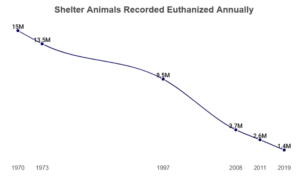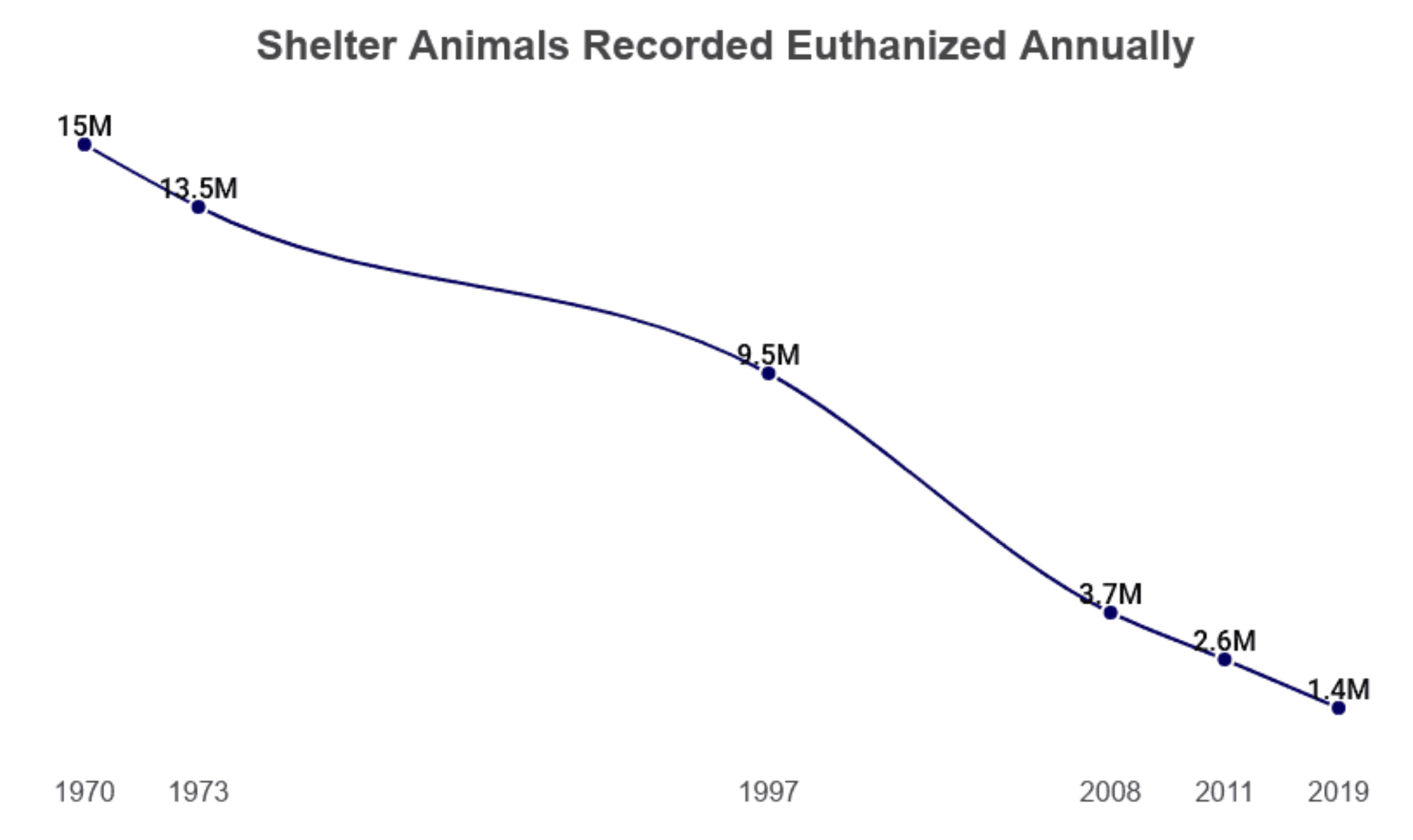The Unspoken Truth About Dog Shelters and Rescues
Critical Thinking in Dog Ownership Is Disappearing
 It’s becoming unusual for humans to apply critical thinking skills to anything related to dog ownership in this day and age. It’s the odd individual who will engage in any form of planning regarding dog acquisition, care, training, or any other facet of dog ownership. Especially when it comes to the ubiquitous ‘rescue’.
It’s becoming unusual for humans to apply critical thinking skills to anything related to dog ownership in this day and age. It’s the odd individual who will engage in any form of planning regarding dog acquisition, care, training, or any other facet of dog ownership. Especially when it comes to the ubiquitous ‘rescue’.
The Impulse to Adopt: A Decision Rife with Risks
Let’s face it, acquiring a dog is still very much an impulse decision, regardless of the source. Couple that with social pressure to adopt and the virtue signalling associated with pet ownership, and it’s a decision fraught with opportunities to fail on a grand scale.
Now don’t read into something I never said; buying a purebred dog from a heavily researched provider can still present a risk, but far less so than that 4 year old street dog you get from the inner city ‘shelter’ with burn scars on her back and visible signs of abuse and neglect.
Craigslist, the internet in general, the guy with the litter of ‘retriever mixes’ in the WalMart parking lot, all questionable sources. But here we are. Still acquiring dogs from unknown origins, and believing every sob story we’re told.
Rescue vs. Breeder: A War Fueled by Emotion, Not Facts
For quite a while now, rescues and shelters have become a significant source for the first-time dog owner because of powerful social pressure being created around purebred dog production and distribution. The polarity between what is considered to be a reliable source for dogs is marred in the quagmire of speculation and politics; fueled by a lot of emotion and little in the way of facts. On both sides of the argument.
Purebred dog breeders are pilloried for perpetuating untruths about breed legacy, health and soundness. Rescue and shelter advocates condemn them as being part of a larger problem of pet homelessness. In fact, the number of purebred dogs found in shelters is <10%> based on a study by the National Animal Interest Alliance in 2015. I doubt the statistics have changed much, but it is still hotly contested.
Shelters conflate numbers to vilify breeders and so the cycle of bullshit continues. There is *a* truth, but nobody knows it, and Dawg knows, folks wouldn’t tell it because it wouldn’t fit their narrative. That’s a post for another time…
Shelters and Rescues: Lack of Standards and Accountability
That shelters and rescues are not held to the same standards as breeders or other suppliers is criminal. Ya gets yer dawg, ya spend yer dollahs, and you are on the hook for the health issues and bite histories the shelter/rescue knew the dog had. Temperament? Fuggeddaboudit. The abuse excuse permeates any common sense directed at dogs with bite histories or their unsuitability for placement.
These are the same people that will beg for tens of thousands of dollars for their pet funding goal, using tragic pain porn images of an animal that 9 times out of 10, is euthanized anyway, but not before being paraded around as a symbol of human cruelty designed to part one from the contents of their checking account.
Why I No Longer Support Most Shelters and Rescues
Yes, I am aware that they require money to operate. Yes, I actually have supported rescues and shelters with both my time, my money, and by offering services they profited from, so, there’s that.
Why I no longer do is evident. I cannot support the deceptive practices engaged in by many rescues and shelters. Until they see their role in the problem, in all good conscience, I cannot support their unwillingness to do the necessary things to protect the public and accept their role in public safety.
The fact that shelters and rescues consider themselves exempt from litigation when it is known that they have deliberately drugged dogs, obfuscated their behavioral histories, and placed them in homes with naive owners is, I would think, actionable. I am not making this up. There is evidence.
The “Rescue Underground Railroad” and Its Dangers
Shelters and rescues deliberately disperse dogs with bite histories on the Rescue Underground Railroad to give them better chances at ‘adoption’. It is deception of the highest order, because numbers of dogs leaving the shelter or rescue ‘alive’ is more important than the public safety nightmare they create by schlepping that dog from a place where it’s prognosis was questionable (aggressive tendencies, bite history, predatory behavior, etc), to a place where the health and welfare of humans are at stake… because somehow, somewhere, bites are now being justified or swept under the rug to prioritize ‘no kill’ as opposed to making a command decision to uncirculate a known biter with a history.
And this behavior goes back years.
Recent Attacks: The Consequences of Deception
Within the last few months, multiple attacks were brought to my attention involving dogs ‘adopted’ from a very vocal, heavily funded, politically active ‘shelter’ in my region. Most recently, a dog attacked and hospitalized it’s two senior owners within 24 hours of adoption. The folder with it’s adoption papers indicated evidence that the dog had been sedated throughout its shelter stay.
There was no evidence that any of those drugs accompanied the ‘adoption’, nor, do I think, were the injured parties made aware that the dog had been so treated. Is this an isolated incident? No. It’s not. They may argue that this dog was ‘nervous in the kennel’ but that is absolutely no excuse for permitting that animal to leave that facility with no support for new ownership, whatsoever.
And what, exactly is ‘nervous in the kennel’? What does that look like?
I doubt that would withstand rigorous investigation.
Who Suffers When Shelters Prioritize “No-Kill”?
As my friend Jill Morstad is fond of reminding us, appropriate custodial care of dogs is a public safety concern, and is governed by the same sacred trusts as obeying traffic laws, not yelling fire in a crowded auditorium, and being decent neighbors. When shelters indenture themselves to the ‘no-kill’ movement, who suffers?
The public.
I am neither anti-shelter, nor anti-rescue. I am all for both, but managed responsibly, for the best interest of the public they serve, as opposed to the social virtue-signalling shitstorm it has become. The legal exemptions these organizations enjoy are the very reason these things are still happening, from the USDA APHIS rule to the new restrictions regarding the importation of animals from foreign agents, based on not only sloppy mismanagement of these shelters and rescues, but potentially illegal activity as well.
I can assure you, the risk from rabies in this country is a small one, but the risk had grown exponentially with every dog ferried here from mainland China, Turkey, the Middle East, Mexico and Canada.
What the new laws also impacted was the inability to import dogs from *any* country, from *any* source, including the importation of dogs younger than 6 months of age, from risk-free nations, and from legitimate breeders of dogs that share absolutely no risk of rabies exposure. Many of these dogs are imported to the United States to supply unrelated bloodlines needed to improve health, temperament and utility as many are still used in some form of work capacity in this country by hunters, stockmen, houndsmen, and law enforcement.
Shelters and rescues were thrilled by this addition.
Why, I wonder? Closed market? Controlling resources?
Because if you can control the product, you control what is available, and how much it costs.
When I sat in on stakeholder calls for the USDA APHIS rule over a dozen years ago, the shelter and rescue community argued aggressively for exemption from the tracking the USDA APHIS rule was calling for. At the time, the Port Authority in NJ was receiving approximately 70 thousand animals per year, both wild and domestic. Couple that with every other airport able to receive animals from foreign sources and those number easily exceeded 1 million in 2012 alone.
The vast majority of the imported dog numbers were populations of dogs ‘rescued’ from areas known for their poor standards of care and welfare, like Turkey (the notorious and fake ‘meat dog’ Golden retrievers), mainland China, Taiwan, Korea (all nations that actually had markets for dogs raised or captured for food products), and the Middle East (thanks to our large presence there and America’s penchant for needing to meddle in shit they have no business meddling in).
Is The Sheltering Industry Manipulating The Pet Market?
If our ‘overpopulation’ problem was such a big problem, why were we importing dog from other countries to stock domestic rescues and shelters?
The numbers of dogs euthanized in shelters has been dramatically reduced since the statistics have been made available, from over 15 million as early as 1970, to less than a million in 2022.
Over 3 million dogs enter shelters each year. Of those 3 million, over 2 million are adopted and over 500 thousand are returned to their owners.
Depending on your source, these numbers vary wildly, and their math… just doesn’t math.
Here are my search queries and sources:
How many dogs are returned to owners from shelters-
How many dogs are euthanized in shelters each year-
How many dogs end up in shelters each year-
Number of dog owning households/number of dogs in US-
The number of new homes acquiring dogs in increasing exponentially. There are not enough ethical breeders in this country to satisfy the demand for dogs as companions. Shelters and rescues would like for you to believe that the breeders of purebred dogs are the crux of the problem, but if you choose to pursue that line of bullshit, research the number of purebred dogs being registered with the AKC every year and the complete fiction of how many purebred dogs populate shelters. Again, depending on the statistician compiling the data, anywhere from less than 5% to about 25%, which is absolute nonsense.
A cute, white fluffy dog isn’t always a Bichon or Toy Poodle. A black dog with a houndy coat and floppy ears usually isn’t a Lab. Just because it’s black and tan, has erect, pointy ears doesn’t mean it’s a Shepherd. Leave it to the shelter evangelist behind the keyboard writing this stuff for their website, what ends up missing is any intel regarding the dog’s questionable behavior that ended up getting it returned to the shelter 11 times for its inability to control its bowels or bladder, or the ‘nips’, ‘snips’, ‘nibbles’ and whatever folks are calling bites these days. Again, this is not an exaggeration. The recidivism rate among shelter dogs is high. Current estimates (2023 was the last year I could locate published numbers) are between 7 and 20%.
Current trends have pivoted to just shipping that dog off to another facility in another state or questionable backwater ‘rescue’ with a 501C3 where it can be acquired by some well meaning but naive individual to get ripped up and put on life support within days of ‘adoption’.
Yeah. Don’t get me started. Something already did, which is how we ended up *here*, and if I go any further, somebody’s feelings are bound to get hurt.
And before anybody decides to suggest that I am against rescues and shelters ( I have over 50 years worth of *skin* in the game), mix breed dogs ( have one now and have owned MANY) or all that other garbage, wrong. I don’t like poorly executed, deceptively operated, self-appointed, omniscient beaurocrat bullshit.
And that is what sheltering has become.
Do better.



Brilliant content and great writing. You took the words out of my mouth. I am significantly newer to the game, but 22 years in professional training, starting with walking dogs for a rescue and moving all the way up to founding and training for a 501c3 rescue. I have seen many things people wouldn’t imagine. Rescue has become a place for backyard breeders to dump their unwanted puppies and worn out old breeding dogs. It’s dog brokering. It’s destroying your house and your relationships because mental illness and drama come along with almost everyone in rescue. I got therapy, and got out of it–I don’t need to save everything anymore.
Now I focus full time on training and breeding service dogs–health tested and bred for their longevity, robust size, and kind, patient temperament.
Thank you!
It’s not -just- rescues and shelters that need an overhaul, the USDA-APHIS rules do as well. They push aside the genuinely good dog producers in this country with unreasonable regulations that actually support bad breeding practices.
I’ll be addressing a few things in the next couple weeks. I am hoping the new Secretary of Agriculture is willing to listen to reason regarding appropriate legislation that protects everyone, not just a select few.
I’m not sure that you are defining what a shelter is.
It is definitely different than a rescue group. I live in the north east and the shelters I have visited and the one I volunteer at are all owned by the towns in which they reside. Sorry if you explained the difference between the two, and I missed it. But I would like you to help me understand.
Is your definition of a shelter, the same as a municipality that is owned by a town, and works with the animal control group?
Thank you for your time,
Corinne
A shelter can be privately funded or operated via tax dollars. Rescue groups are generally operated by individuals who work with breed clubs, or organized their own 501c3 charter.